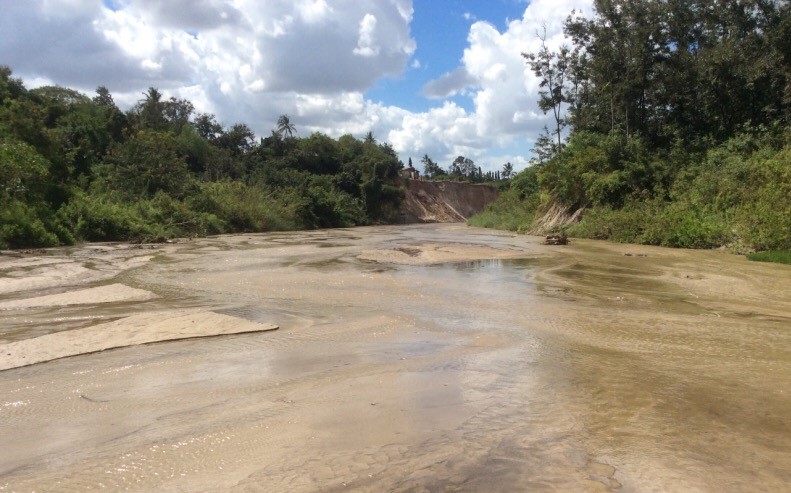In 2018 we were commissioned by the World Bank to undertake a detailed geomorphological study in the Dar es Salaam region of Tanzania with the support of UKAID.
- Client World Bank
- Location Dar es Salaam, Tanzania
- Services
Investigating geomorphological processes to provide evidence that the existing sedimentation problems would continue until long term solutions were implemented and established to reduce sediment entering the river
Working alongside the World Bank, this project saw us carry out an investigation of the geomorphological processes operating in Dar es Salaam. With the risk and rate of erosion and soil loss likely to increase in the region, this required consideration of sediment sources and pathways, as well as the influence of sediment on flood related issues.
The river basins within the Dar es Salaam region currently suffer from an in-balance of sediment - meaning that more sediment enters each river system than leaves. This is predominantly as a result of vegetation clearance over many years, rapid urbanisation and a lack of sediment control practices during construction. If no action is taken, the risk and rate of erosion and soil loss will continue to increase as urban development intensifies.
This also means the severity of flood events (made worse by excess sedimentation within the lower urban river basins) will increase, causing harm to people and infrastructure. The rapid rate of sediment delivery has also led to dredging, which in the long term is unsustainable and damaging to the environment, especially if it is not undertaken in a managed way.
Key to addressing these issues was providing evidence that the existing sedimentation problems would continue until long term solutions were implemented and established to reduce sediment entering the river. This included calculating sediment transport rates and identifying key areas within the region that are susceptible to erosion. Alongside stakeholder engagement, citizen science and the delivery of new scientific information, the study provided new insight into the source of sedimentation.
Identifying adaptable and sustainable long-term solutions
By working closely with the World Bank and local stakeholders, we were able to identify and recommend a range of long-term, adaptable and sustainable nature-based solutions which could be implemented.
Our recommendations included:
- re-forestation
- changes to existing land management practices
- promoting the use of better construction site sediment management
- building gully dams in the upper catchment
- promoting sustainable urban drainage
As a result, a future sustainable delivery plan has been developed to tackle the sediment problem for all levels of society to undertake, from government to local communities.

Email Matt Hemsworth for more information about this geomorphological assessment project for Dar es Salaam, or to explore more of our projects visit our International Development page here.







